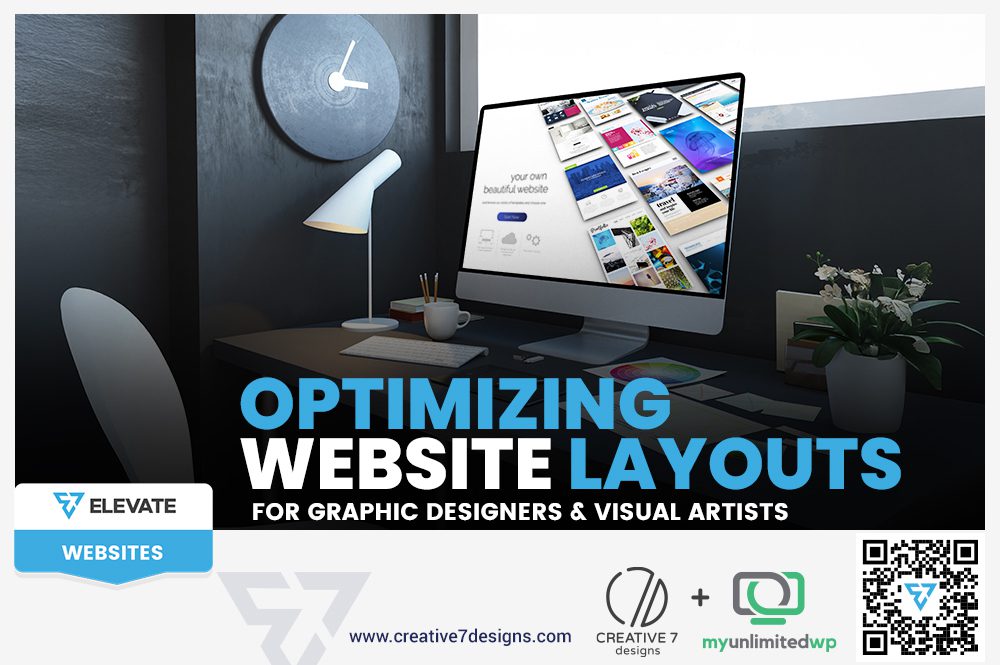Overview: For graphic designers and visual artists, a website isn’t just a digital resume — consider it as your primary canvas for showcasing talent, creativity, and professional skills. Creating an online space that is as visually stunning as it is functional can help captivate prospective clients, collaborators, or employers.
Whether you’re building a portfolio from scratch or revamping your current site, this guide will walk you through the key elements of optimizing your website layout for an unforgettable visual impact.
Let’s learn a thing or two together!
Prioritize Visual Hierarchy to Guide the Viewer
Think of your website as a gallery exhibit. Visual hierarchy — placing elements in order of importance — is crucial to lead visitors through your work. Start with a strong hero section, like a full-screen image or animated introduction, that immediately sets the tone of your brand.
Use larger images for featured projects and add subtle animations to draw attention to specific sections. This layout approach creates a flow that encourages viewers to explore rather than just skim.
Pro Tip: Contrast is key! Use size, color, and spacing to highlight what you want the viewer to notice first, like your most impressive piece or a recent project that aligns with current trends.
Embrace White Space for a Clean and Refined Look
White space (or negative space) isn’t empty — it’s essential. For a graphic design or visual art portfolio, white space allows each piece to stand out, giving it room to breathe. Crowded visuals can overwhelm visitors, making it hard to focus on individual projects. Instead, embrace minimalist layouts with generous white space to achieve a clean, sophisticated aesthetic. This approach not only enhances readability but also exudes professionalism, a quality potential clients will appreciate.
Don’t forget to treat white space like a border that frames your artwork, subtly guiding your audience’s eye from one section to the next without distracting background elements.
3. Use Interactive Elements Thoughtfully
Adding subtle interactive elements to your website can elevate the user experience without overshadowing your work. Scroll-triggered animations, hover effects on images, and parallax scrolling can make your website feel immersive and modern. However, be mindful of balance—too many moving parts can detract from the actual design work you’re showcasing.
Pro Tip: Use interactive elements to emphasize focal points, like a project summary or call-to-action button, or to reveal project details only on hover, keeping the layout sleek and the focus on visuals.
4. Organize Projects by Theme or Style
As a graphic designer or visual artist, you likely have a range of styles or mediums you work in. Organize your work into categories—whether by medium (illustration, branding, digital design) or theme (modern, abstract, conceptual). This organization helps viewers quickly find what they’re looking for and gives them a clear idea of your versatility.
Pro Tip: A well-organized portfolio also improves SEO! Grouping your work and adding descriptive project titles can make your site easier to navigate and improve search engine visibility, which can help attract more visitors.
5. Optimize for Speed Without Sacrificing Quality
High-quality images and videos are essential for a design portfolio but can slow down your website. Large files lead to longer load times, potentially driving visitors away. Use optimized image formats like WebP, and compress files without sacrificing too much quality. Consider lazy loading for images, which loads images as the user scrolls, so your website feels fast and seamless.
Pro Tip: Test your site’s load time regularly and aim for a load time of under three seconds. Visitors are more likely to engage with your content if it loads quickly, especially on mobile devices.
6. Make It Easy to Contact You
A beautiful portfolio is only valuable if people can contact you easily. Place a clear call-to-action button in your navigation menu and at the end of each project. You might also consider a simple contact form on your homepage or a dedicated “Contact” page with links to social media. Simplifying this step can mean the difference between a missed opportunity and a new project.
Pro Tip: Adding a prompt like “Let’s work together!” or “Contact me for your next big project” adds a friendly touch that invites prospective clients to reach out.
7. Ensure Mobile Responsiveness
Many visitors may be viewing your website on mobile devices, so mobile responsiveness is crucial. Adjust layouts, font sizes, and image resolutions to provide an optimal experience across all devices. This ensures that your artwork maintains its impact, regardless of screen size, giving potential clients or collaborators a seamless experience.
Pro Tip: Conduct regular tests on various devices to see how your site looks and performs on each. This also helps you identify any mobile layout quirks before clients or viewers notice them.
Closing Thoughts
Creating a website that captivates viewers and accurately represents your unique style as a graphic designer or visual artist is both an art and a science. By focusing on clean layouts, smart organization, interactive elements, and fast loading times, you can create a portfolio that not only showcases your talents but also provides a memorable experience for potential clients and collaborators.


